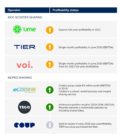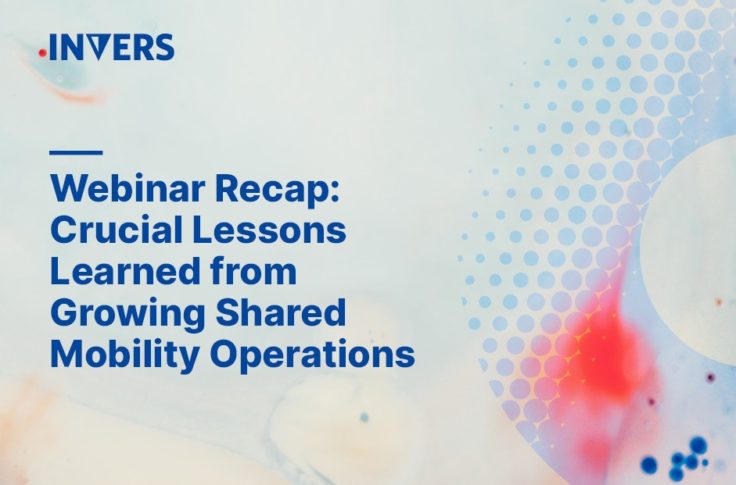Growth First, Profitability Second
Summary
The road to profitability can be challenging, especially when growth is the main focus. However, micromobility operators are refocusing on achieving profitability. More moped sharing operators have achieved profitability compared to kick scooter operators, but there continues to be innovation and development to help the micromobility space reach profitability within the next few years.

Shared micromobility has been around for awhile now. However, there are major differences among the different vehicle options: Bike sharing was already established in many global markets back in the mid-nineties, moped sharing first popped up in 2012 and public kick-scooter sharing first emerged in 2017. Market maturity, market size and investments differ a lot between these three modes. To give an example: there are about 10 million shared bikes, hundreds of thousands of shared kick-scooters and roughly 100,000 shared mopeds. Within this blog post, I will have a closer look on how profitable kick-scooter and moped sharing operators already are.
Profitability has not been the first goal, but the focus shifts more and more
As a side note, before we go into in-depth detail: Profitability is one of the important metrics for operators, but for many it hasn’t been the most important metric from the get go. Many operators (such as fast growing kick-scooter sharing players, or the free-floating bike sharing players during the booming period) focused on proof-of-concept, market share and customer base growth in the first years. The longer they’re in business, the more important profitability becomes. Or in other words: growth first, profitability second.
What do the operators say?
In the following section, we’ll have a look at public statements on how close micromobility operators are to break even.
Kick-scooter sharing
Operators are not profitable on a holistic and yearly basis. Some operators report profitability (partial, ebitda) on a monthly basis. Some operators announced in 2019 a potential profitability in 2020. That won’t be the case any longer due to the pandemic. Now major market stakeholders such as Lime or Voi are aiming for 2021 (see table below).
COVID-19 exposed the industry to quite some headwind. Bird and Lime restructured earlier this year and hit the news with a substantial amount of layoffs. As discussed in one of our earlier blog posts, currently the industry is primarily funded by VC-investments.
Moped sharing
Several moped sharing operators such as eCooltra or YEGO already announced profitability. Both are not simply a monomodal operator. They either possess a multimodal fleet (YEGO) or have several business units (eCooltra; sharing & rental). They have been around for a while, offer several thousand vehicles and are multi-city operators. For sure, 2020 will be a hard year for them, too. However, more operators are expected to announce profitability in 2021 and 2022.

As said earlier, claims of future profitability need to be taken with a grain of salt, as future developments underlie a lot of internal and external market uncertainties. Global kick-scooter giant Lime announced in mid-2019 that they will be profitable in 2020 – which according to the companies CEO Wayne Ting has been toppled by the COVID crisis.
“I do think we actually were originally expecting to be profitable this year. COVID-19 has pushed that back. We’re now expecting to be profitable for the year 2021.” SOURCE
On the other hand, restoring and outgrowing rental numbers after the first COVID-19 impact, shows that the industry has a solid and growing customer base. We could also have looked at improving operational procedures, hardware prices, economies of scale or quality improvements of the implemented hardware, which support the path towards profitability.
Outlook
It will be interesting to see how fast kick-scooter and moped sharing operators will become profitable. It is possible that some patterns and inspirations from the bike sharing sector will be transferred to the other two modes – e.g. fleet branding (such as in the case of Santander Cycles in London or Citi Bike in NYC) or city subsidies.
On the other hand, especially the kick-scooter sharing operators are introducing business model innovations at a fast pace. Some recent examples are the decentral battery swapping stations by TIER or the micromobility credit card by Voi. Revenue streams are getting more diverse.
In a nutshell, the major moped sharing operators seem to be a little bit closer to profitability than kick-scooter sharing operators. However, many companies expect the arrival of break even in the next 1-2 years in both industries. Especially the rapid restoring rental numbers after the first COVID-19 impact show that the industry has a solid customer base and can resume the path towards global profitability.


